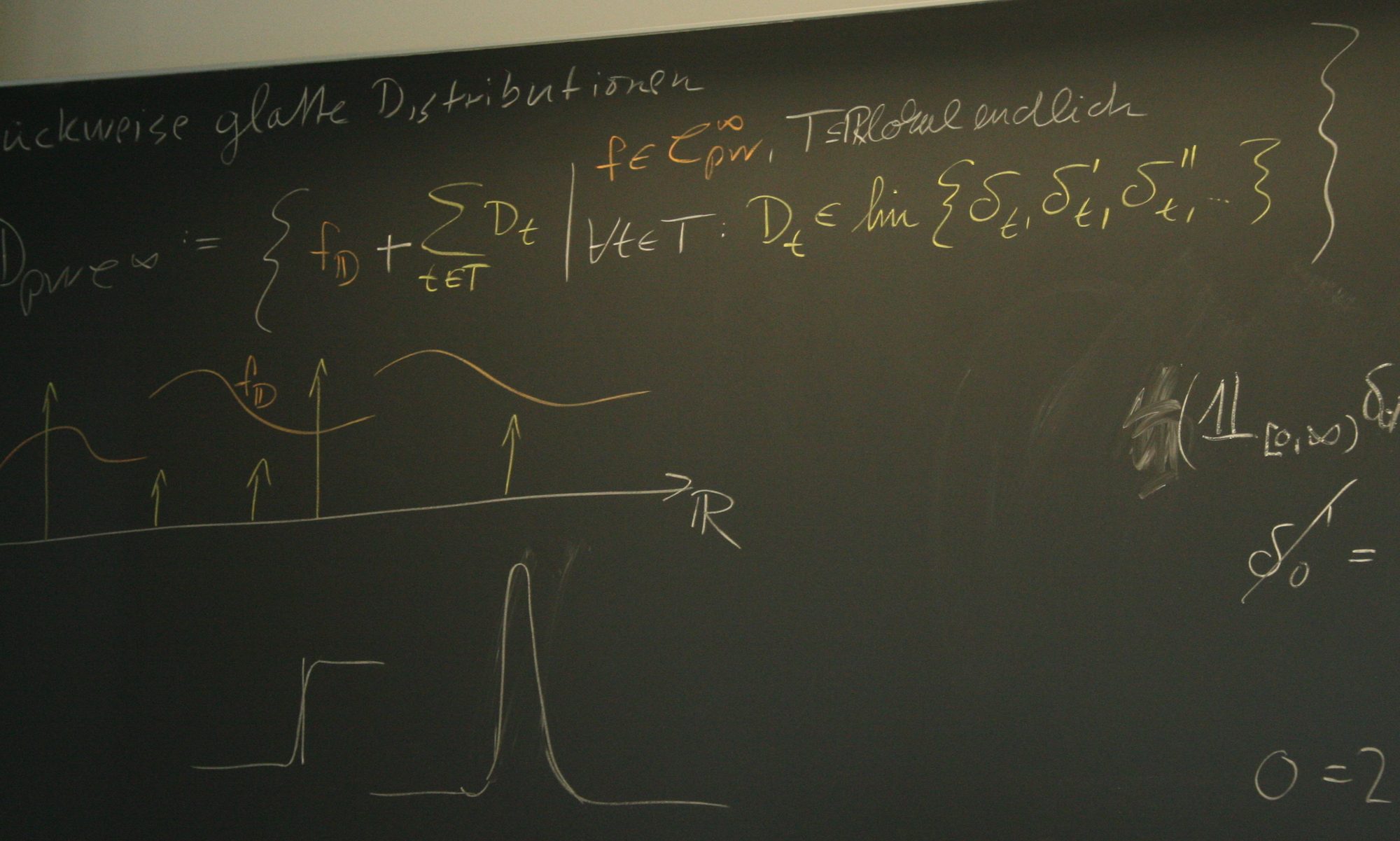Hossain, Sumon; Trenn, Stephan Model reduction for switched differential-algebraic equations with known switching signal Journal Article In: DAE Panel, vol. 3, pp. 1-26, 2025, (open access). @article{HossTren25,
title = {Model reduction for switched differential-algebraic equations with known switching signal},
author = {Sumon Hossain and Stephan Trenn},
url = {https://stephantrenn.net/wp-content/uploads/2025/07/HossTren25.pdf, Paper
https://doi.org/10.5281/zenodo.8133788, Matlab implementation},
doi = {10.52825/dae-p.v3i.688},
year = {2025},
date = {2025-02-04},
urldate = {2025-02-04},
journal = {DAE Panel},
volume = {3},
pages = {1-26},
abstract = {Building on our recently proposed model reduction methods for switched ordinary linear systems, we propose a comprehensive model reduction method for linear switched differential-algebraic equations (DAEs). In contrast to most other available model reduction methods for switched systems, we consider the switching signal as a given time-variance of the system. This allows us to exploit certain linear subspaces in the reduction process and also provide in general significantly smaller reduced models compared to methods which consider arbitrary switching signals. Model reduction for switched DAEs has some unique features that make a generalization of the available methods nontrivial; in particular, the presence of jumps and Dirac impulses in response to switches have to be carefully treated. Furthermore, due to the algebraic constraints, the reachability subspaces cannot be the full space, hence a straightforward application of balanced truncation is not possible (because the corresponding reachability Gramians will be structurally non-invertible). We resolve this problem by first applying an exact model reduction which reduces the switched DAE to a switched ordinary system with jumps and which carefully keeps track of the impulsive effects. As a second step, we then apply a midpoint balanced truncation approach to further reduce the switched system. In addition to the challenge to appropriately take into account the Dirac impulses, another novel challenge was the occurrence of input-dependent state-jumps. We propose to deal with input-dependent jumps by combining certain discrete-time reachability Gramians with continuous-time reachability Gramians. We provide corresponding Matlab implementations of the proposed algorithms and illustrate their effectiveness with some academic examples.},
note = {open access},
keywords = {},
pubstate = {published},
tppubtype = {article}
}
Building on our recently proposed model reduction methods for switched ordinary linear systems, we propose a comprehensive model reduction method for linear switched differential-algebraic equations (DAEs). In contrast to most other available model reduction methods for switched systems, we consider the switching signal as a given time-variance of the system. This allows us to exploit certain linear subspaces in the reduction process and also provide in general significantly smaller reduced models compared to methods which consider arbitrary switching signals. Model reduction for switched DAEs has some unique features that make a generalization of the available methods nontrivial; in particular, the presence of jumps and Dirac impulses in response to switches have to be carefully treated. Furthermore, due to the algebraic constraints, the reachability subspaces cannot be the full space, hence a straightforward application of balanced truncation is not possible (because the corresponding reachability Gramians will be structurally non-invertible). We resolve this problem by first applying an exact model reduction which reduces the switched DAE to a switched ordinary system with jumps and which carefully keeps track of the impulsive effects. As a second step, we then apply a midpoint balanced truncation approach to further reduce the switched system. In addition to the challenge to appropriately take into account the Dirac impulses, another novel challenge was the occurrence of input-dependent state-jumps. We propose to deal with input-dependent jumps by combining certain discrete-time reachability Gramians with continuous-time reachability Gramians. We provide corresponding Matlab implementations of the proposed algorithms and illustrate their effectiveness with some academic examples. |

